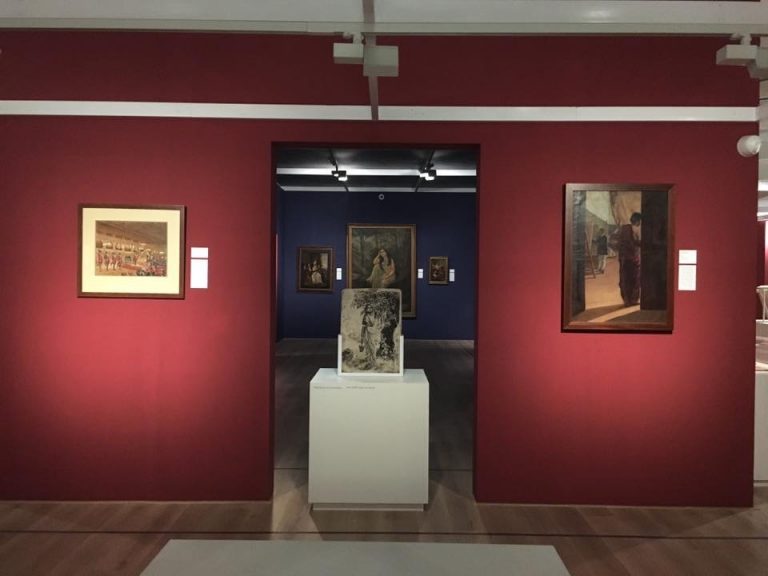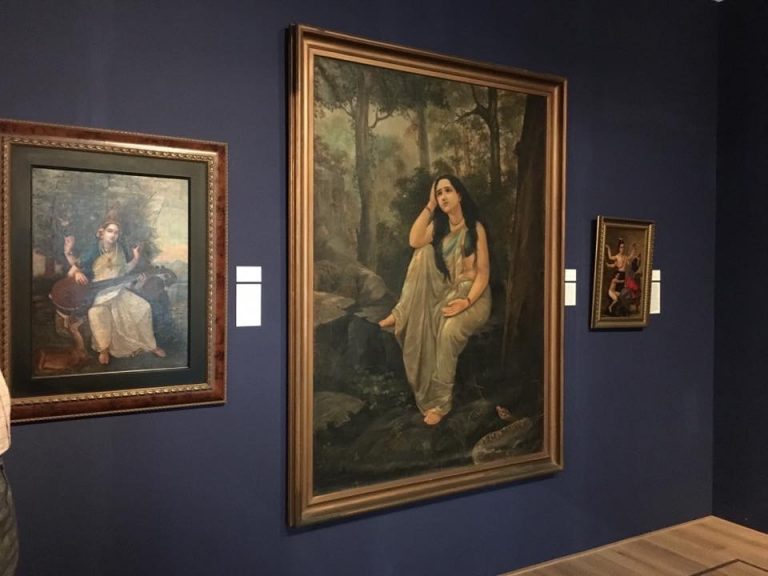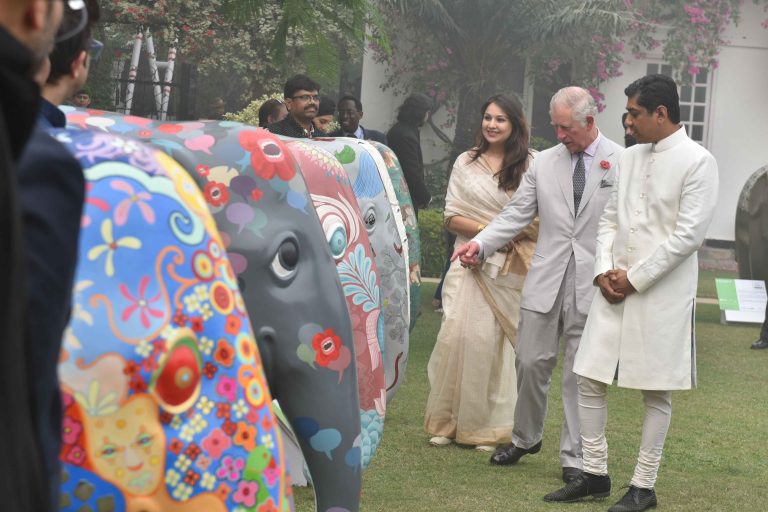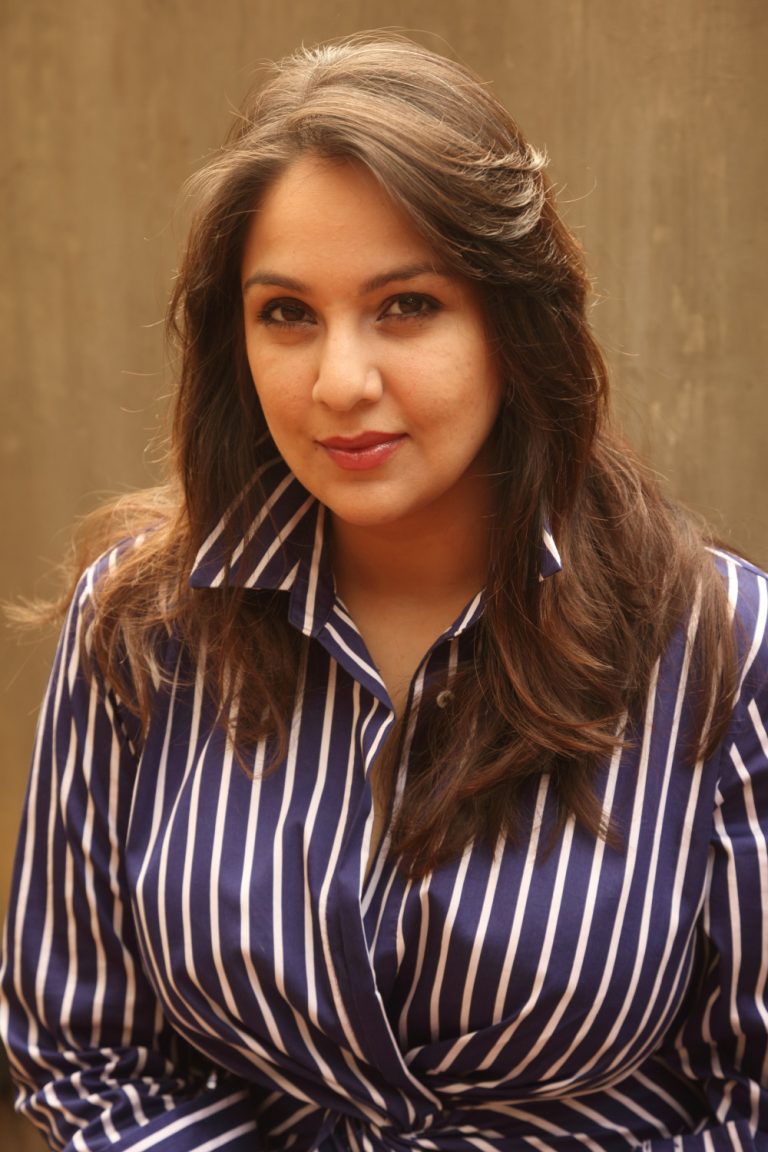With 15 years in the art world and starting at the age of 24, it’s given me a really unique view in terms of understanding how multi-faceted the art world really is,” exclaims Farah Siddiqui. For the young woman, passion comes first, followed by knowledge and scholarship, experience, and originality in taste. As a curator, Farah’s day job entails creating methodical, visual presentations that best represent the artists and intrigue buyers. She shares, “I feel very privileged to have been given the solid foundation of art and culture on which I stand. My mother illuminated my fascination with art and interesting objects, which inspired me. She introduced me to art at an early age by often taking me to galleries and museums, so art is in my blood, so to speak.”

And while her passion speaks volumes, she understands that being an art advisor commands a certain degree of responsibility and it can often feel like a job that never stops. Farah always needs to be on the look-out on behalf of her clients. In order to stay on top of things, she travels regularly for art fairs, biennials and exhibition openings across the world. She explains, “I use my knowledge and expertise to investigate the market across both domestic and international galleries to find just the right works. I always strive to introduce my clients to work that challenges them somehow and of course that fits perfectly with their vision and goals.”
Essentially, the role of the curator is that of an enabler. For a lot of new collectors, the initial drive is frequently based in an interest in art as an asset class and later it frequently grows into a life-long practice and enthusiasm. Due diligence is a crucial part of the job as well, as it is both challenging and time-consuming to navigate the global art market and keep up with recent developments and results. At the crux of it all, art is tangible and intrinsically valuable, it maintains its prestige even during economic downturns. And so Farah’s firm belief is to always buy art because it’s valuable to the client. “The art world is filled with amazing creative energy. Introducing new work to emerging and seasoned collectors is especially rewarding; it feeds their curiosity and enhances their lifestyle.” Speaking about her enterprise, Farah explains, “We have a very broad consultancy, which works the entire art world circle: artists, galleries, museums, secondary auction houses, public sector and private sector, collectors, artists, art as an asset class. Having a good understanding of the market as a whole means that we can bring that specific expertise to all these areas, as we know how they interact and work with each other.”
Farah confesses that not having her own gallery space in fact compels her to think out of the box. She believes that hosting creative events and panels is a great way of bringing new people together to create curiosity and engage new audiences who would not necessarily visit a gallery. “Recently I collaborated with an architect studio in Mumbai at their functioning space to exhibit art works by both mid-career and emerging artists Thinking out of the traditional white cube gallery space fosters interesting dialogues and engages with new audiences.”

As far as the latest trends go, the millennial curator has discovered that today’s collectors have moved beyond the traditional canvas. She has realised that artists too are searching for answers and producing provocative installations, assemblages, performances, and working with digital technology as a creative tool. Artists are seeking answers that are both creative and critical. Themes of politics, gender, ethnicity have permeated artistic practices beyond the canvas, and conceptual art which is widely considered challenging and esoteric is now finding a new audience.“We are witnessing drastic, radical changes, where no topic, medium, process or aesthetic principle is guiding and defining artists. As new technologies play an increasingly larger role in our daily lives, they also allow for an unprecedented scope in artistic output. Contemporary Indian art has moved so quickly in so many new directions.”
From auction sales figures making headlines to global interest in contemporary artists from
India, art has reached a new milestone. There are prestigious biennale fairs and museums in art capitals of the world such as London, Paris, Zurich to even Brisbane and Seoul that regularly feature artists from India who are now enjoying recognition and critical engagements. Bold and inventive works produced by the new generation of artists have resonated with collectors both locally and internationally.

But beyond curating for her clients, one of Farah’s biggest passions in this space is public art. She says, “I feel privileged to have curated the first Elephant Parade in India. We selected some of the most talented artists across disciplines of art, fashion, design and folk art from the country who are unique in their own ways. From eminent fine artists and iconic fashion designers to folk and tribal artists, I was excited by the possibility of juxtaposing a range of artistic practices on one monumental platform. An awareness campaign, The Parade aimed at drawing attention to the plight of endangered Asian elephants.” The Elephant Parade is a public art exhibition that had various private previews across cities in India through 2017 before its finale in Mumbai in 2018. The funds generated through this exhibition helped secure 101 identified elephant corridors across India.
Farah trails off leaving us with a beautiful thought encompassed in a quote written by Eli Broad, a well know entrepreneur and philanthropist who has contributed in a large way towards visual and performing arts: “Civilisations are not remembered by their business people, their bankers or lawyers. They’re remembered by the arts.”
Absolutely!


